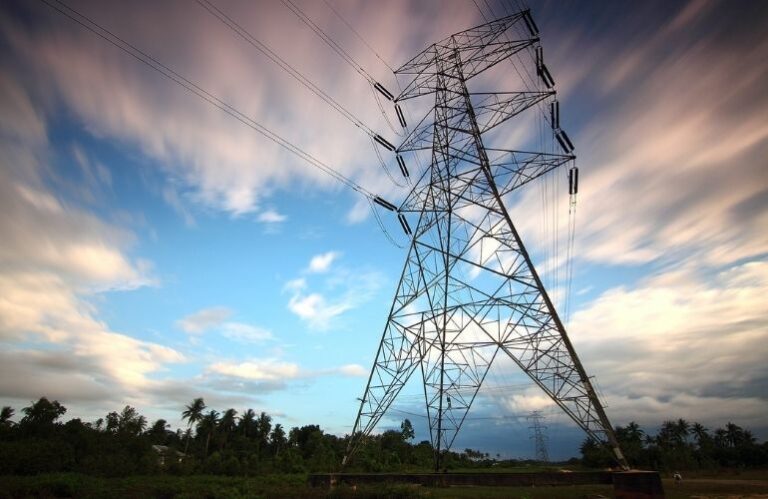The U.S. Department of Energy (DOE) Interconnection Innovation e-Xchange (i2X) has released a new roadmap that could lead to shorter timelines and better outcomes for connecting clean energy sources to the distribution and subtransmission grids. The Roadmap for distributed interconnection of energy sources also sets ambitious goals and strategies to improve interconnection processes and maintain the reliability of the electricity grid. DOE also announced $16 million in upcoming funding to support stakeholder engagement and technical assistance in adopting interconnection strategies on the distribution and transmission grids. Additionally, DOE and the Joint Office of Energy and Transportation announced $2.1 million for select distribution companies to test interconnection software solutions. And to encourage collaboration, DOE launched i2X Connect, an online platform that provides a space for interconnection stakeholders to exchange ideas and know-how. Improving interconnection processes will reduce costs, shorten timelines and support a reliable, resilient electric grid.
“As more people and businesses choose to purchase solar power, wind turbines, batteries and electric vehicles, they face significant delays and roadblocks in connecting to the electric grid,” said Jeff Marootian, deputy assistant secretary of the Office of Energy Efficiency and Renewable Energy. . “The solutions in this roadmap address interconnection challenges from all angles to help communities across the country connect these resources more quickly, while increasing the resiliency and reliability of the electric grid.”
Distributed energy resources (DERs) produce and supply electricity on a small scale and are spread over a large area. They mainly supply electricity to local consumers in homes and businesses. They include a diverse range of technologies such as residential solar systems, community solar systems, distributed wind systems, battery energy storage and EV charging equipment.
The deployment of these resources is accelerating rapidly; For example, from 2010 to 2023, the number of photovoltaic (PV) systems on residential roofs grew from 89,000 to 4.7 million. DER interconnection processes at the distribution and subtransmission system level must evolve to meet the growing volume of customer demand. The complexity of this challenge calls for solutions adapted to local market conditions and the availability of distributed energy resources.
Roadmap to improve DER interconnection
The DOE Roadmap provides the broad range of interconnection stakeholders – including utilities, government agencies, regulators, equipment manufacturers, consumer advocates, equity and energy justice groups, researchers, interconnection customers and other actors – with 39 solutions aligned around four goals are organized:
- Improving data access, transparency and security
- Improving interconnection processes and timelines
- Promoting economic efficiency in interconnection
- Maintaining a reliable, resilient and secure network
The Roadmap provides specific actions that the interconnection community can take over the next five years and beyond to address today’s DER interconnection challenges. It was developed through extensive collaboration with more than 1,000 interconnection stakeholders. The roadmap solutions provide innovative strategies rather than prescriptive solutions and are categorized to help stakeholders in different states or regions identify the solutions that best fit their needs and priorities.
The roadmap also identifies five measurable objectives for improving interconnection by 2030. These include ambitious targets for shorter interconnection times and higher interconnection completion rates, based on the size of the new system. The roadmap’s goals also include ensuring that all 50 U.S. states, as well as the District of Columbia and the U.S. territories, have public, detailed, and up-to-date interconnection queue data available. Additionally, the roadmap sets goals for grid resiliency and reliability: ensuring zero DER-related network outages and reducing the time to restore service after a power outage by 25%.
Join i2X for a kickoff and webinar overview on the Roadmap on January 30 at 2:00 PM ET.
News release from DOE


